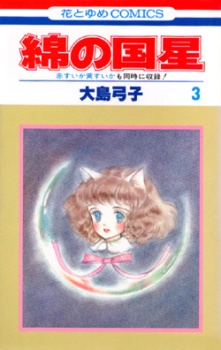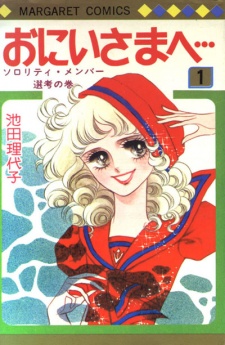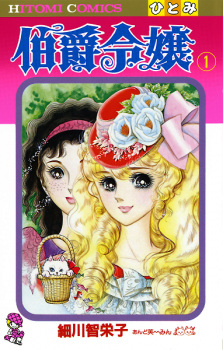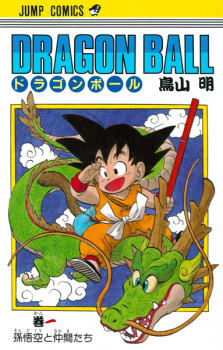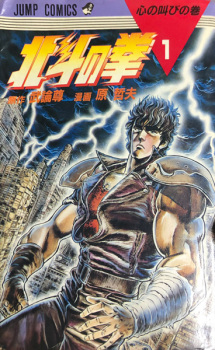Alternative TitlesSynonyms: The Star of Cottonland, Wata no Kunihoshi, Star over the Cotton Country Japanese: 綿の国星 InformationType: Manga
Volumes: 7
Chapters: 24
Status: Finished
Published: Mar 24, 1978 to Jan 24, 1984
Demographic:
Shoujo
Serialization:
LaLa Authors:
Ooshima, Yumiko (Story & Art) Statistics Ranked: #62882 2 based on the top manga page. Please note that 'R18+' titles are excluded. Popularity: #15832
Members: 1,034
Favorites: 8 Resources | New Interest Stack Interest Stacks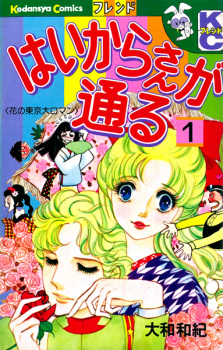 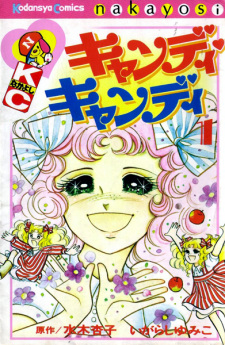 Mangaby
MyAnimeList
The Kodansha Manga Award (講談社漫画賞, Kōdansha Manga Shō) is an annual award for serialized manga published in the previous year, the event is sponsored by the publisher Kodansha. 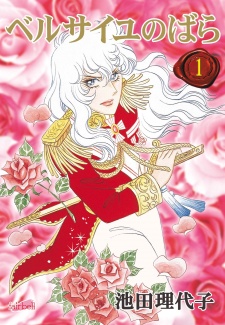 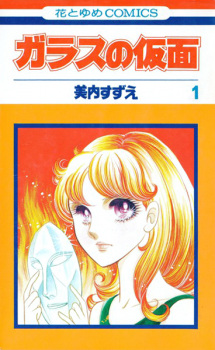 △ ▼ △ ▼ △ ▼ △ ▼ △ ▼ △ ▼ △ ▼ △ ▼ △ ▼ △ ▼ △ ▼ △ ▼ △ ▼ △ ▼ △ ▼ △ ▼ △ ▼ △ ▼ △ ▼ △ ▼ 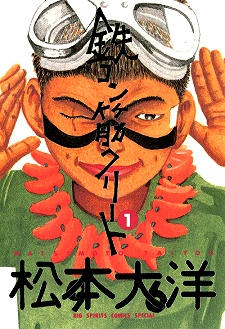 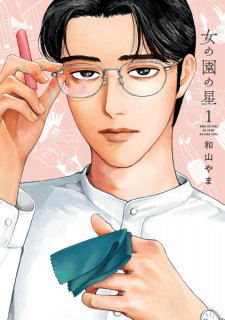 This is for your friends who only know manga through anime or only relate it to shonen and ecchi, it’s not necessarily directed at a “manga beginner” but at those who want to see the different perspectives the medium can offer. 3 volumes and up, well drawn, easy to follow, interesting visual and narratively. 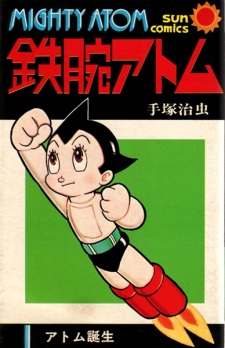 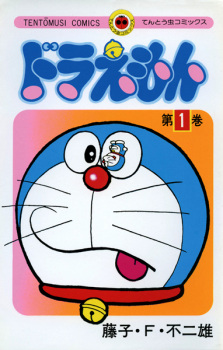 An ongoing list of the most important/influential figures in post-war manga and some of their most important series. In no particular order. 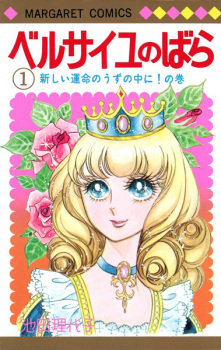 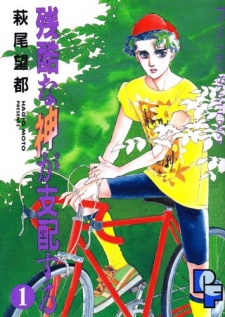 The Year 24 Group (24-nen Gumi/Nijuuyonen Gumi, also called the Fabulous Year 24 Group/Hana no 24-nen Gumi or the Magnificent Forty-Niners), is a group of manga artists who rose to prominence in the early 1970s. They are credited with introducing complex themes such as psychology, sexuality, and politics into shoujo manga, which until that point was primarily simple stories for little girls written by men who would migrate to male demongraphics as they gained notability. 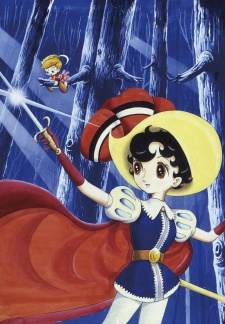 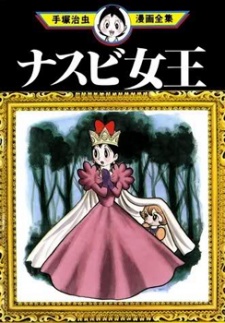 Note: Due to the number of missing manga from the database I will add the ones that would be included in the stack at the bottom of this description. And will leave room in the stack for these manga in the case that they are added in the future. |
